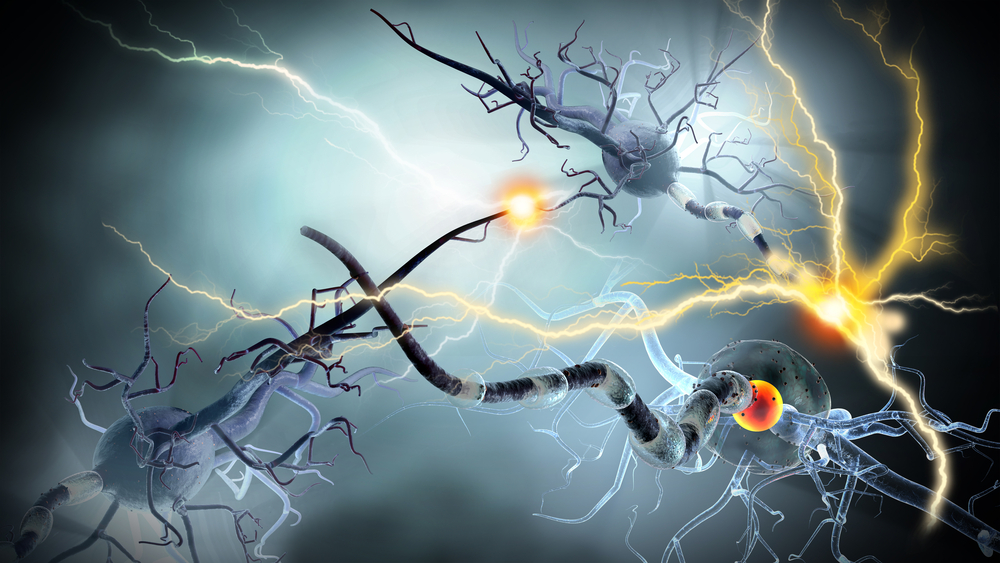New Protein, Anoctamin 2, Identified as a Target of Autoantibody Production in MS
Written by |

Researchers identified the chloride-channel protein anoctamin 2 (ANO2) as a new target for autoantibody production in multiple sclerosis (MS) patients. Their study, “Anoctamin 2 identified as an autoimmune target in multiple sclerosis,” was published in the Proceedings of the National Academy of Sciences of the United Sates of America (PNAS) journal.
MS is an autoimmune disease characterized by the body’s immune system targeting healthy tissue of the central nervous system. The attack is perpetrated by T cells, key immune system cells, against myelin, the substance that insulates nerve cells, leading to a wide range of neurological symptoms that impair patients’ physical and cognitive capabilities. Despite the high incidence of MS, the identity of antigenic targets (an antigen is a molecule capable of inducing an immune response) in MS is currently unknown.
A team of researchers at the Royal Institute of Technology (KTH) in Stockholm, Sweden, and colleagues tried to identify the autoantibody repertoire (an autoantibody is produced by the immune system and directed against one or more of an individual’s own proteins) in MS by screening 2,169 plasma samples from MS patients and population-based controls. The screen was based on a list of antigens previously identified by the team, but also included proteins associated with MS risk, such as Epstein–Barr virus nuclear antigen-1 (EBNA-1), and the potassium channel protein KIR4.1 That channel has been previously proposed as an autoimmune targets in MS.
An increased production of autoantibodies against the chloride-channel protein anoctamin 2 (ANO2) was identified in the MS population compared to the control group. ANO2 has never been reported as an autoimmune target in MS. Moreover, they observed a strong interaction between the presence of ANO2 autoantibodies and the HLA complex MS-associated DRB1*15 allele, one of the strongest genetic risk factors for MS.
Looking at human MS brain tissue, the team also observed that ANO2 was expressed in small cellular aggregates located within or near MS brain lesions.
In conclusion, the study represents one of the largest reports investigating the autoantibody repertoire in MS, supporting a potential role for ANO2 autoreactivity in MS patients. The research team highlighted that future studies should further investigate the pathogenic role of ANO2 autoantibodies in MS.





